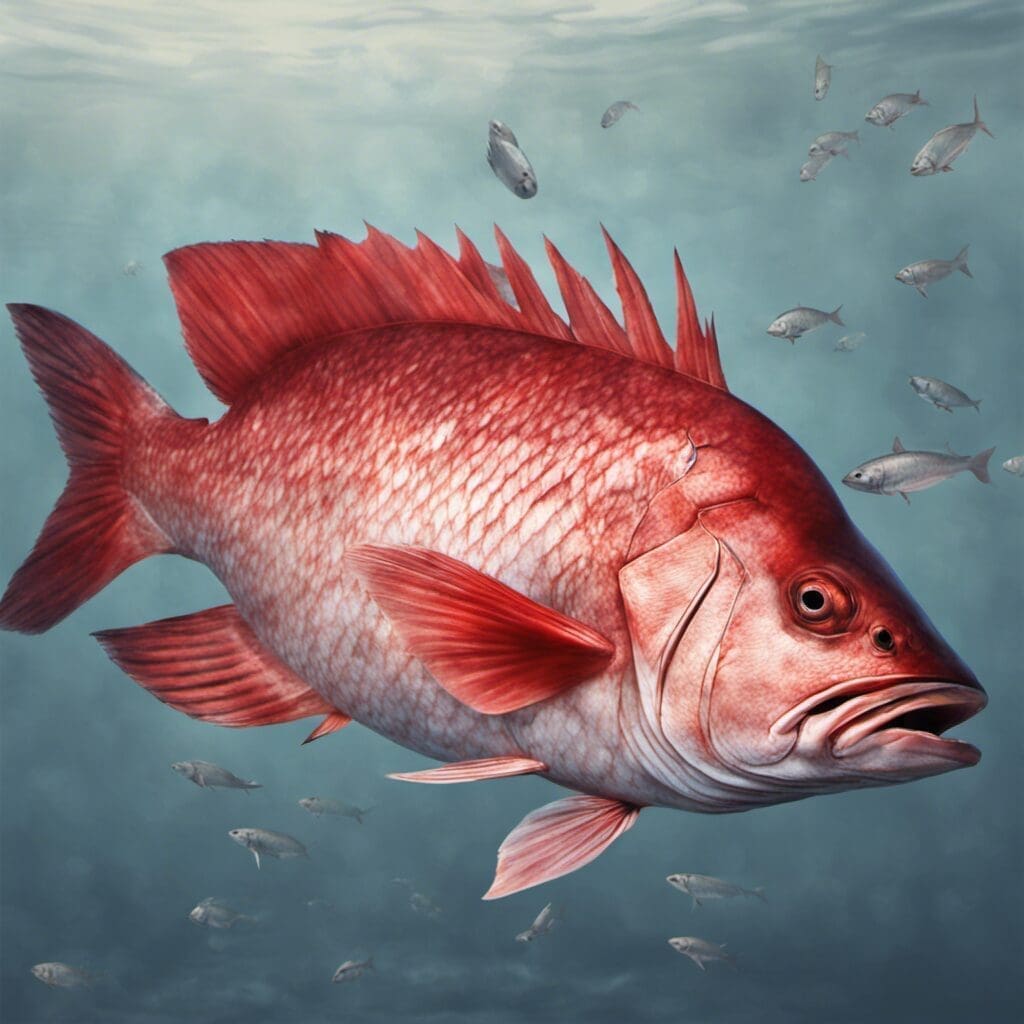Introduction
The Red Snapper, scientifically named as Lutjanus campechanus, belongs to the Lutjanidae family. This vibrant species is predominantly found in the Atlantic Ocean.
Conservation Status
As of 2020, the Red Snapper’s conservation status is listed as “Overfished” on the NOAA FishWatch. Federal U.S mandates have been put in place to aid in the recovery of the species with specific regulations on bag and size limits.
Conservation Efforts
Efforts to conserve the Red Snapper species include strict enforcement of fishing regulations, implementing catch limits, and establishing artificial reefs for habitat enhancement.
Statistics
| Statistic | Average or Range |
|---|---|
| Length | 20-40 inches (average), Up to 60 inches (range) |
| Weight | 10-20 pounds (average), Up to 50 pounds (range) |
| Average Lifespan | Up to 50 years |
Distribution
Primarily inhabiting the Atlantic Ocean, Red Snappers appear from the U.S east coast down to Central America, across the Caribbean, and into the Gulf of Mexico. These fish exhibit no noticeable migration patterns.
Habitats
Water Type
Red Snappers inhabit the salty waters of the Atlantic Ocean.
Depth Range
They are usually found at depths of 30 to 200 feet.
Temperature Range
Although thriving in warmer waters, Red Snappers can adapt to a wide range of temperatures.
When and Where to See
Red Snappers are more active during the summer months, especially in the Gulf of Mexico. They tend to be more active during daylight hours.
Best Fishing Locations
Top Spots
- Dauphin Island, Alabama
- Galveston, Texas
- Clearwater, Florida
- Emerald Isle, North Carolina
- Orange Beach, Alabama
General Tips
Look for structures like natural reefs, shipwrecks or oil platforms which Red Snappers use as habitats.
How to Catch
Preferred bait or lures
Live bait like shrimp, squid, or small fish attract Red Snapper.
Fishing Techniques
Bottom fishing is the most effective technique, using a heavy lead sinker to keep the baited hook near the ocean floor.
Identification Guide
Red Snappers are characterized by their red body color, sloped profile, spiny dorsal fins, and a swept-back tail. They are similar but larger than their cousin, the Gray Snapper.
Culinary Use
How to Cook
Red Snapper is best grilled, baked, or pan-seared.
Taste Profile
The meat is mildly sweet with a firm yet delicate texture.
Nutritional Information
A serving of Red Snapper provides lean protein, Vitamin D, and Omega-3 fatty acids.
Additional Information
Behavior
Red Snappers are carnivorous, feeding on smaller fish, cephalopods, and crustaceans.
Predators and Threats
Their main predators include larger fish like Sharks and Barracudas. Overfishing is the significant human-induced threat.
Cultural/Historical Significance
In various cultures, Red Snapper is considered a symbol of good luck and prosperity.
References and Further Reading
- NOAA FishWatch
- FishingBooker Blog
- Gulf Council

